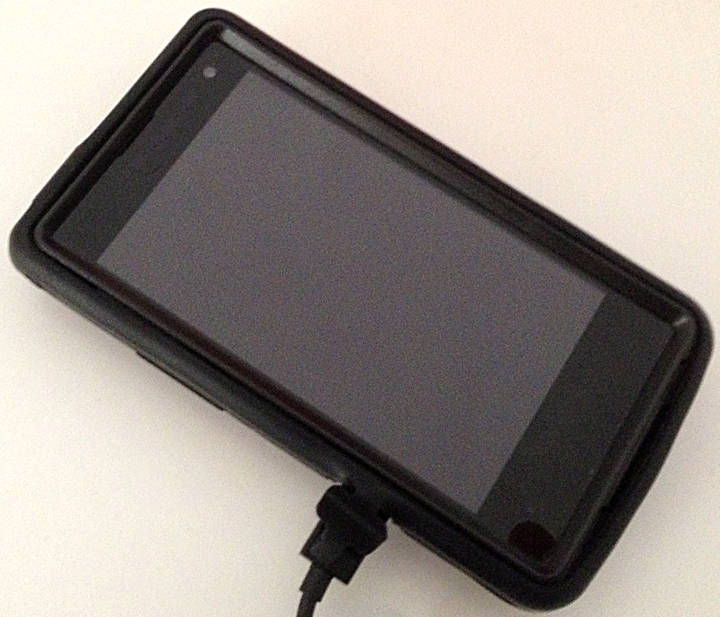The Federal Aviation Administration of the United States will reportedly most likely ease restrictions on airline passengers using portable electronic devices while in flight below 10,000 feet in altitude to listen to music, read books, take photographs and video, play games, watch movies and work during take-off and landing as well as while taxiing on the tarmac and runway — but do not expect it to happen for at least several months.
FAA May Allow Operation of Portable Electronic Devices Below 10,000 Feet
According to an official statement released by the Federal Aviation Administration, “The FAA recognizes consumers are intensely interested in the use of personal electronics aboard aircraft; that is why we tasked a government-industry group to examine the safety issues and the feasibility of changing the current restrictions.”
Accessing the internet and the use of mobile telephones would still be prohibited aboard airplanes during flight.
Earlier this month, I reported on a study whose findings claim that greater than 105 million hours of technological activity is projected to be disrupted on domestic flights in the United States this year — an estimated increase of 104 percent since 2010 — as a direct result of passengers not being permitted by the Federal Aviation Administration to use portable electronic devices at any time the aircraft is below 10,000 feet in altitude but not on the ground, combined with the surging annual increase in the use of such devices.
The resistance by the Federal Aviation Administration has proven to be futile in the face of not only lost productivity, but also increasingly skeptical passengers who refused to believe that powering on a laptop computer would threaten the safety of everyone aboard the aircraft.
In fact, FlyerTalk member JimYUL opined that it was time to review the rule of not permitting the use of portable electronic devices below 10,000 feet in altitude during a flight, submitting that “it is high time to relax some of the rules on what electronic devices can be used on an aircraft.”
Flight attendants have apparently been known to not follow the same rule which they are currently required to instruct passengers to follow on every flight.
Even an unidentified first officer admits in this article that “having your electronic device on below 10,000 feet is not an immediate danger to the flight. How do I know? Pilots are the worst offenders of this rule. Not on purpose, of course, but when we’re flying all day, sometimes we forget to turn our phones off. I’ve received a phone call everywhere from the takeoff roll to 18,000 feet over the Rockies and the airplane has never had an adverse reaction.”
In light of all of this, FlyerTalk members question as to what is the real danger of the ban of the use of portable electronic devices below 10,000 feet in altitude during a flight and what is the issue with using them in the first place.
Summary
Is the issue really about passengers following the instructions of members of the flight crew more than solely a safety precaution? After all, passengers have been removed from the aircraft for not following the specific instructions of flight attendants — including the now-infamous incident involving Alec Baldwin in 2011.
Fortunately for some FlyerTalk members, listening to Channel 9 on United Airlines while the aircraft is below 10,000 feet in altitude is still permitted, as illustrated in this misunderstanding by a fight attendant towards FlyerTalk member mgcsinc.
Because I enjoy listening to music and taking photographs and video while I am a passenger on an airplane, I welcome the relaxing of the restriction of using portable electronic devices below 10,000 feet in altitude during a flight.
What are your thoughts? Do you agree that the restriction should be eased?
Photograph ©2013 by Brian Cohen.
